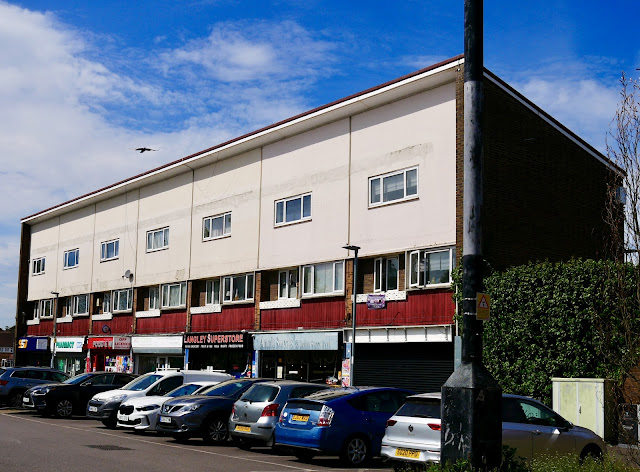Oxford (and the hidden modern)
A thousand years ago, this little valley lacerated by loops of the same river was claimed for Christian theology.
Thousand and thousands of bricks laid to build great libraries and homes for bishops. A king even made his home here too. The city’s university, made up of dozens of colleges, feels like a museum. At least it did until that photo of Boris, George and David pomping up some steps in a Bullingdon Club portrait, the collective smuggery on record: this is the place that a class of people go who were born to run things.
As a teenager, I agreed to take part in a local inter-school athletics event. I was a decent long distance runner, mainly because I would set off to fast to get ahead and then stubbornly run like Forest until I was told to stop. The problem was that Slough is local to Eton and this event event was at the £60k a year Eton College, so here Slough raced against Eton in a spectacle designed for the Etonian parents I’m sure. As I stood on the start line, one of the Etonians looked at my Converse Chuck’s, raised an eyebrow and said “Oh, nice runners!’
I’d never had my Chuck’s insulted before. It was the early 90s and these shoes were cool, but probably suited band practice more than the professional running track. Not only did they all have shows with running spikes, each of my opponents also had their own coach with them.
I was determined to beat them, so typically took the lead into the first corner. I held the lead for a lap of the track, but I wasn’t used to running in circuits. I could fly across fields, but the endless loop of a track was bewildering. The Etonians accelerated past me after a while and I was left so far back I could have easily have just stopped and walked off the track. I could hear my PE teacher trying to encourage me by shouting ‘Run your own race, Ollie!’
In that moment, Mr Tomlinson could have ignored me. I’m sure my poor performance was embarrassing for him, but that advice was so pertinent. It’s like he was saying, “Ollie, we can’t beat them, but you can still run’.
A perfect example of this is the Hilda Besse Building by Howell, Killick, Partridge and Amis (HKPA), which was built in 1970 to add to St. Anthony’s College, a relatively young college having been founded in 1948. The college inherited some Victorian buildings and plans to design a modern campus were even designed by Oscar Niemeyer (which they couldn’t afford to make). The budget stretched to this one building which houses the college’s dining room and social spaces. One reason for its design approval was the homage to traditional Oxford dining rooms, but with a modernist touch. Like a lot of Oxford, it isn’t really visible to the passerby, but no-one seems to mind a nerd with a camera photographing concrete walls.
Along the Banbury Road, leading directly into Oxford with a wide road that I imagine once accommodated a tram-way, are several of the science department buildings for the University. Amongst these buildings is the Denys Wilkinson Building by Philip Dawson, built in 1967. The building was originally the Nuclear Physics Laboratory and features a fan-shaped concrete superstructure to house a Van de Graaf electrostatic generator.
The concrete walls of the building are laden with boron to keep the background radiation in the building low for experiments. The basement levels of the building are so secure, they were designated as an emergency shelter during the cold war. Here is a concrete monster of a building - built for the development of nuclear physics and built to withstand nuclear war.
Another great place to see some 60s modernist architecture is Somerville College, which has a number of buildings. The Wolfson Building is one of several Arup Associate designed buildings for the University. The building is predominantly used as a residence for students. It is built of precast concrete with huge bay windows, tinted slightly to reflect the outside world and sit back discreetly.
The concrete in this city sits back from the limestone and brick. It’s there if you relax your eyes and see beyond the gargoyles and clocktowers. What it represents is a time after two world wars where attitudes changed. Oxford hadn’t been bombed during World War 2 because, as documented in German plans for Operation Sea Lion (the invasion of the UK), Hitler intended to make Oxford his capital of the UK. There wasn’t a need to rebuild the city like other parts of the UK, but there was a desire to modernise, especially within the university by those running it.
The modernisation doesn’t take centre stage though. It sits back, like the thousands of people that live in this city that don’t see behind its walls. We are the concrete of this city, not the limestone.











Comments
Post a Comment